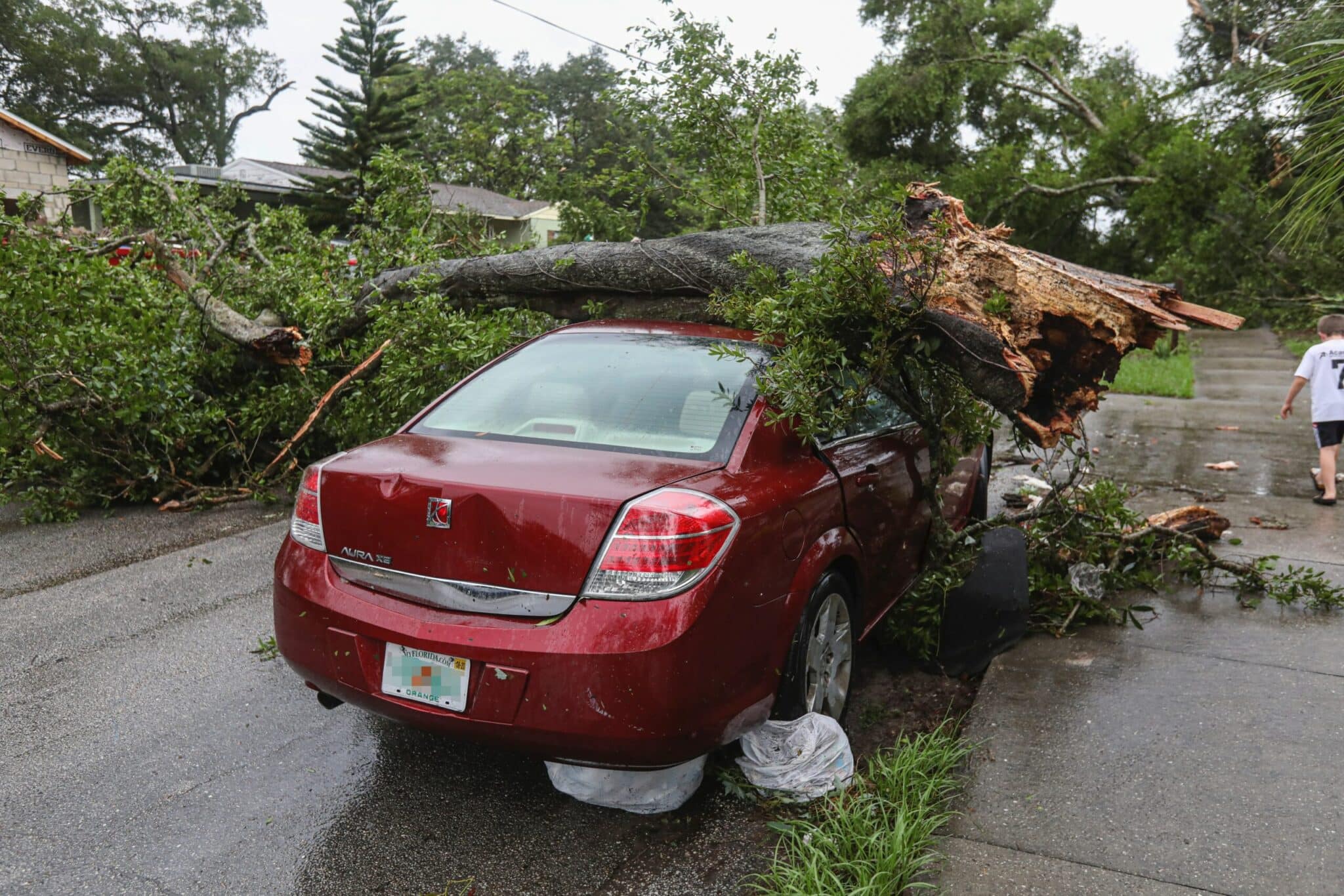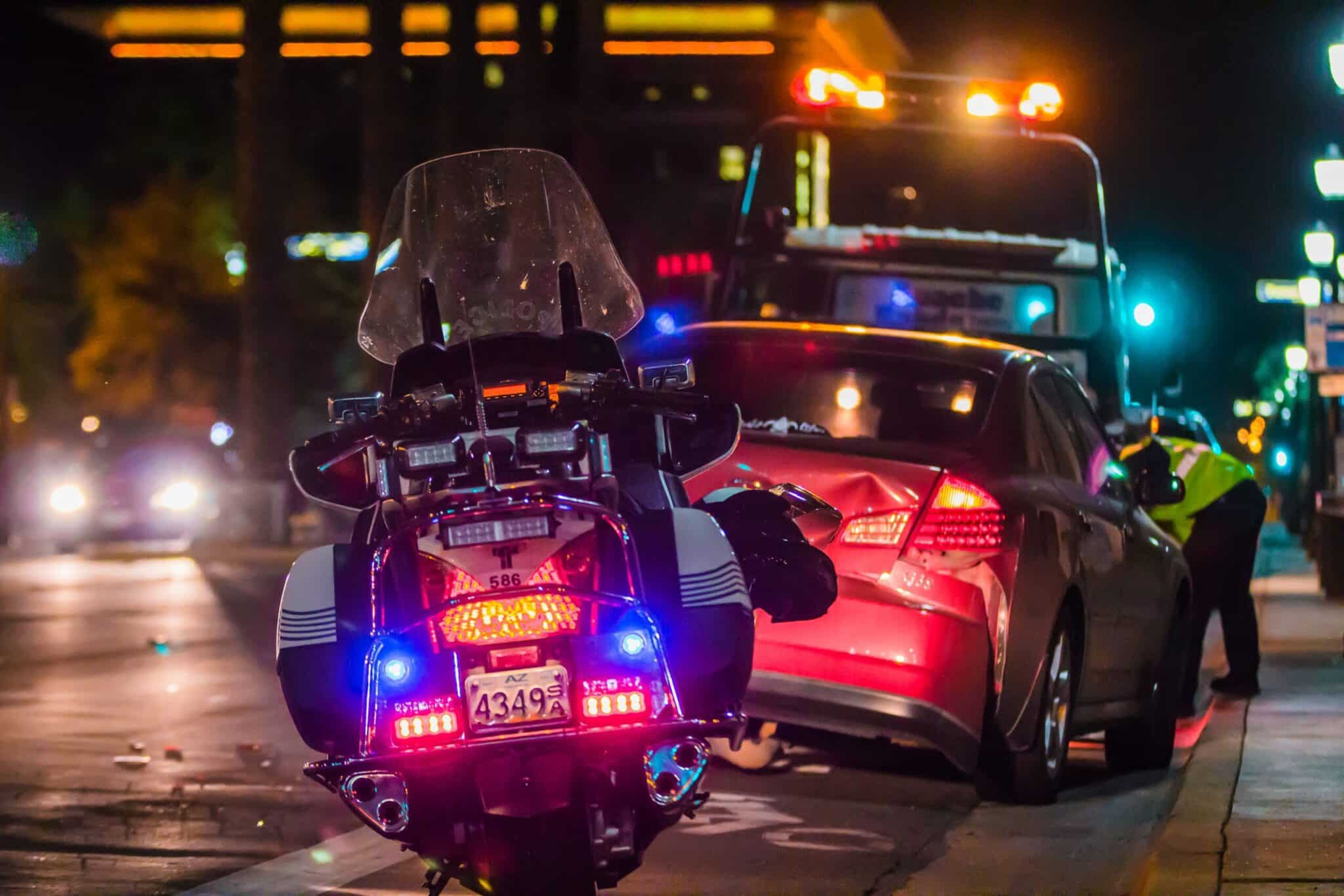If you’re a small business owner or entrepreneur, having your fleet vehicles involved in a car accident can be stressful and overwhelming.
You know that the repercussions of an accident often go beyond costly repairs—potential damages and legal liabilities quickly arise, not to mention the potential for accidents involving other parties.
At Tweak Your Biz, we have experience dealing with fleet accidents and want to help you better understand what to expect when it comes time to assess the damage and take corrective action.
With this guide, we’ll walk you through everything from conducting an initial damage assessment to understanding any insurance coverage implications, as well as discussing alternatives when it comes to repairing or replacing your vehicle.
So relax, and take comfort in knowing what steps should occur after any type of vehicular mishap so you can confidently move forward with minimal disruption.
Understanding the Roles and Responsibilities of Everyone Involved in a Car Accident
First things first, it’s important to understand what to do after an accident, as well as who can be held accountable if legal action is taken.
Here are some things to keep in mind:
The Driver – It’s important for drivers to understand their responsibilities when operating a vehicle. This includes following the laws of the road, understanding company policies regarding fleet vehicles, and exercising caution while driving.
Fleet Manager – The fleet manager ensures all company vehicles are in good working order, including regular maintenance checks and safety protocols.
Insurance Company – The insurance company provides coverage for any damages resulting from an accident. They are responsible for compensating any parties affected by the incident, including the driver and all other drivers involved in the accident.
Law Enforcement – Law enforcement is responsible for providing an official police report required if you want to pursue legal action.
Procedural Protocols to Follow After an Accident
After an accident, it’s important to know the proper protocols to follow.
Some of these protocols include the following:
- Conduct damage assessment
- Contact your insurance provider
- Determine the eligibility for coverage
- Develop a repair or replacement plan
- Follow up with all parties involved
Let’s get into an overview of each of these.
Conduct Damage Assessment

It’s important to conduct a thorough inspection of the vehicle and take detailed photos, if possible.
This is necessary to determine the extent of damages incurred and can be used as evidence when pursuing legal action or filing an insurance claim.
For more info on car accident claims, check out this guide on how much compensation you can recover.
Contact Your Insurance Provider
It is important to contact your insurance provider as soon as possible after an accident.
They can provide guidance and assistance on filing a claim, determine if there are any gaps in coverage, and provide advice on how to proceed with repairs or replacements.
It’s also a good idea to get a car accident attorney involved at this point. This can help ensure that any legal proceedings are properly managed and that all parties involved receive adequate compensation.
Determine the Eligibility for Coverage
It’s important to determine the eligibility for coverage when it comes to a fleet vehicle accident.
This will depend on the type of coverage you have and whether or not any third party is involved. It’s important to understand your policy in order to determine who may be responsible for damages, as well as if there are any gaps in coverage.
Develop a Repair or Replacement Plan
Once the damage assessment is complete, you can begin to develop a plan for how to proceed with either repairs or replacements.
The fleet manager should review the cost of necessary repairs or replacements and decide which option makes the most sense for the company. It’s important to ensure that you are making the most cost-effective decision to minimize any disruption from the accident.
Follow Up with All Parties Involved

Finally, it’s important to follow up with all parties involved after an accident. This includes law enforcement, insurance companies, and any other drivers or passengers who may have been affected by the incident.
Repairs and Replacements for Damaged or Destroyed Fleet Vehicles
Once the proper protocols are followed, it is time to start repairs or replacements for damaged or destroyed vehicles.
Repairs will usually be the most cost-effective option for fleet vehicles as long as they can return the vehicle to its pre-accident condition in a timely manner. If not, then it may be necessary to replace the vehicle.
In either case, it’s important to understand all the costs associated with repairs or replacements and decide which option makes the most sense for your business.
This will depend on various factors, such as the age and condition of the vehicle, availability of parts, cost of labor, and any applicable warranties.
Developing a Post-Accident Fleet Safety Plan
Developing a safety plan for the fleet after an accident is also important.
This includes implementing preventative measures such as:
- Driver training
- Vehicle maintenance
- Regular inspections
These can help ensure that any future accidents are minimized, and the safety of your drivers and fleet vehicles are maintained.
Tips to Help Avoid Car Accidents in the Future
Finally, there are a few tips that you can use to help avoid car accidents in the future:
- Ensure that all drivers are properly trained and follow safety protocols
- Regularly inspect and maintain fleet vehicles
- Implement GPS tracking systems on all vehicles
- Abide by local speed limits and traffic laws
By following these tips, you can help reduce the risk of future car accidents and protect your fleet vehicles from any potential damages.
Wrap Up
Car accidents can be a costly expense for any fleet manager. That’s why it’s important to understand the protocols that need to be followed after an accident and the options for repair or replacement.
It’s also essential to implement preventative measures to reduce the potential for future accidents and keep your drivers and fleet vehicles safe.
By following these tips, you can ensure that your fleet vehicle is back up and running quickly, with minimal disruption and expense.
Do you have any questions? Let us know in the comments below!
The post What Happens When Your Fleet Vehicle Gets Involved In A Car Accident? appeared first on Tweak Your Biz.


0 Commentaires